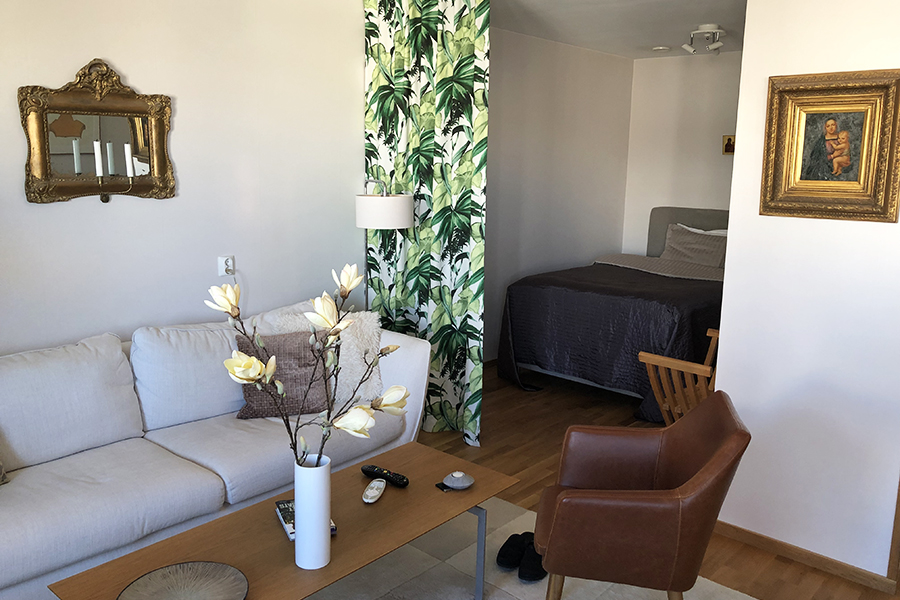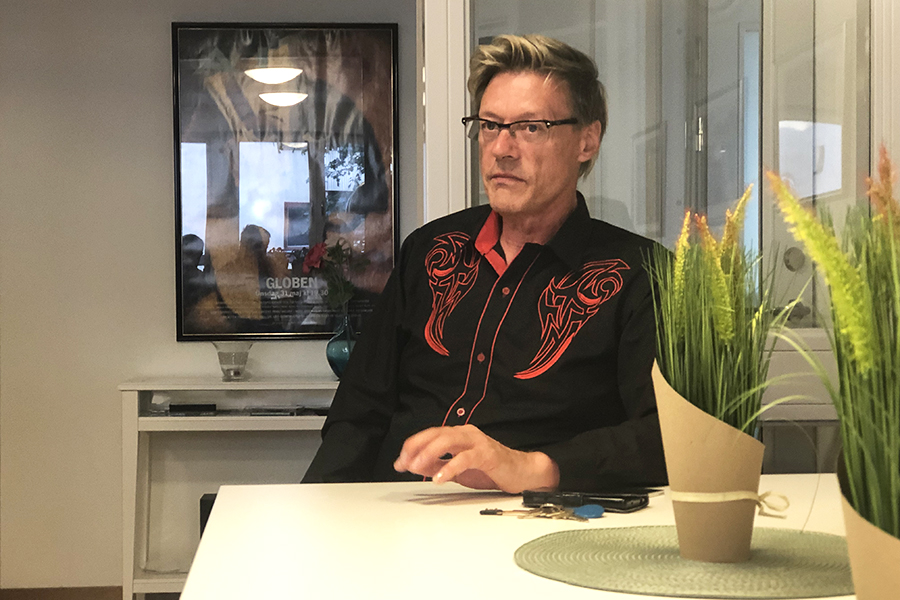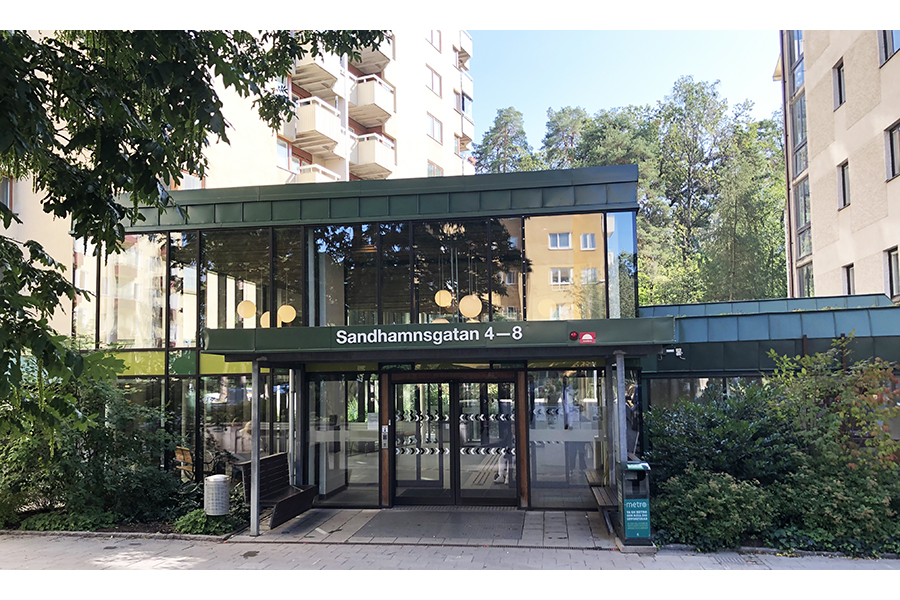Special assignment: PGN went to Stockholm for Pride and to learn about LGBTQ issues in Sweden.
The International Lesbian, Gay, Bisexual, Trans and Intersex Association ranks Sweden among the most LGBTQ-friendly European countries. But some older adults remember living in a time — until 1979 — when the country’s National Board of Health and Welfare labeled homosexuality a mental illness.
“It’s now a good [political] situation in Sweden, but of course there are people who are low educated and have prejudices,” said Jane Jansson, a retired trans woman in Stockholm. “I don’t want to live with them when I am 85 or 90 years old, so it would be safer to live where people from the LGBT community live.”
Jansson is one of about 200 on the waiting list for an apartment at Regnbågen, Sweden’s first elderly home specifically for LGBTQ people ages 55 and up. Opening in Stockholm in 2013, Regnbågen or “Rainbow House” homes 34 residents in 28 apartments at reduced costs compared to units in the rest of the city.
A 484-square-foot Regnbågen apartment costs tenants 670 euros per month, while a 645-square-foot unit runs about 840 euros per month, Regnbågen founder Christer Fällman told PGN. As of 2017, the average apartment rental in Stockholm costs upwards of 1,163 euros or $1,300, per a quarterly survey by property rental site Qasa.
Regnbågen was funded by Micasa Fastigheter, a property managing company owned by the Stockholm City Council that is oriented toward providing housing and care for seniors.
Fällman’s vision for the project stemmed from his work as a supervisor at Stockholm’s Garden of the Senses, a therapeutic greenscape for the elderly and people with disabilities.
“I thought, well, I really want to do something for this elderly group, for the group that I myself belong to,” Fällman said. “So … I started to think about what happens when you have no family, and I thought, what can I do?”
It took Fällman a few years to get his plans moving and for Regnbågen’s location to become available, but the building was worth the wait.

Inside one of Regnbågen’s 484-square-foot apartment units. Photo: Laura Smythe
The spot in Stockholm’s Ladugårdsgärdet neighborhood is ideal for the project because of its proximity to the city’s downtown, Fällman said. The Regnbågen apartments fill the top three stories of the eight-floor building, which is part of a complex containing other units for elderly people ages 65 and older, as well as a nursing home.
Also in the Regnbågen building is a library, gym, cafe, hair salon, garden and roof terrace, where project tenants regularly host social activities, like barbeques.
“Some of the tenants which have been living quite a lonely life and a little bit separate, and the tenants here come from different parts of Sweden, they have got new friends, a sort of new life,” Fällman told PGN. “They travel together and they have lunch together, and it’s really been socializing, very much in a very, very positive way.”
On an average day, tenants are seen walking their dogs or shopping together. If a person isn’t noticed out and about in the complex for a day or two, Fällman is the first to receive calls from concerned neighbors, prompting a neighborly check-in.
“That kind of caring for one another, you can last a little bit longer singlehanded,” Fällman said.
Regnbågen was among the first of a growing number of homes for older LGBTQ adults opening around the world. Philadelphia’s own John C. Anderson Apartments, a living community for LGBTQ adults ages 62 and up, opened in 2014.
The Philly location occupies six floors and offers 56 one-bedroom units starting at $637, each with oversized windows. The building also includes a collection of LGBTQ art, a community garden and luxury finishes.
Similar housing situations exist in other states including New York, Massachusetts, California, Florida and Oregon. British organizations are seeking a London location at which to open the country’s first LGBTQ elderly home less than a year from now.
According to SAGE, a national advocacy and services organization for LGBTQ elders, 48 percent of older queer couples have experienced housing discrimination. As the baby boomer generation ages, the group predicts there will be 7 million LGBTQ elders in the U.S. by 2030.
Similarly, 34 percent of LGBT older adults fear re-closeting themselves when seeking senior housing, SAGE found. Half of the national LGBT population lives in states without laws prohibiting housing discrimination against them.

Christer Fällman founder of Regnbågen. Photo: Laura Smythe
In Stockholm, the “Rainbow House” offers a uniquely accepting abode for elderly people who in their lifetimes experienced being “classified as criminal and sick,” Fällman said, as well as marginalized groups within the LGBTQ population in Sweden, like trans folks.
“Their history makes it more important for them to find a safe haven like this,” Fällman said. “And really, they are doing that. I can see it with my own eyes and I feel very pleased and happy for them.”
For Jansson, the sense of community reaches even further. The residence allows residents to live as they are: normal.
“I am an LGBT person, but more than that, I’m an ordinary person, so I want to live with ordinary people,” she said. “That’s the most important thing really, but … you have things in common with LGBT people, so it’s easy to live with and talk with [them] when you are older.”

